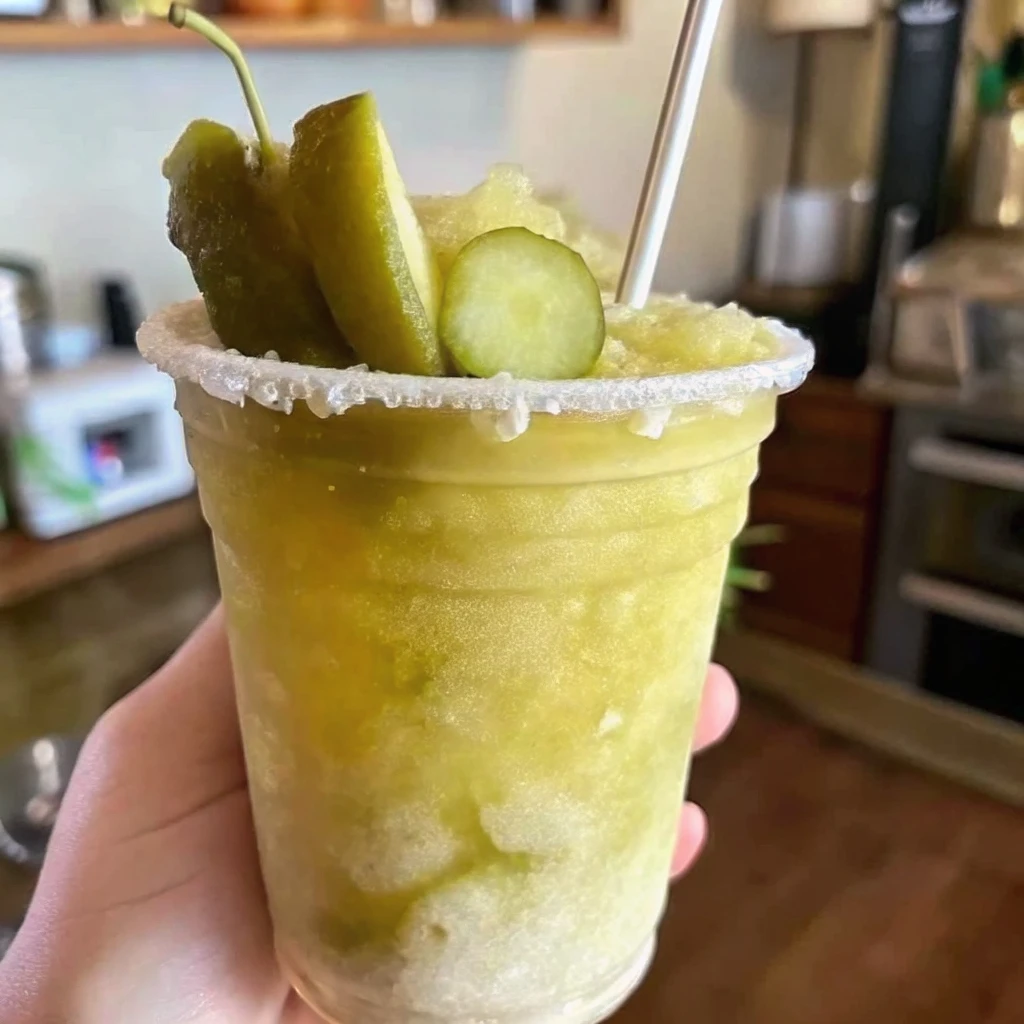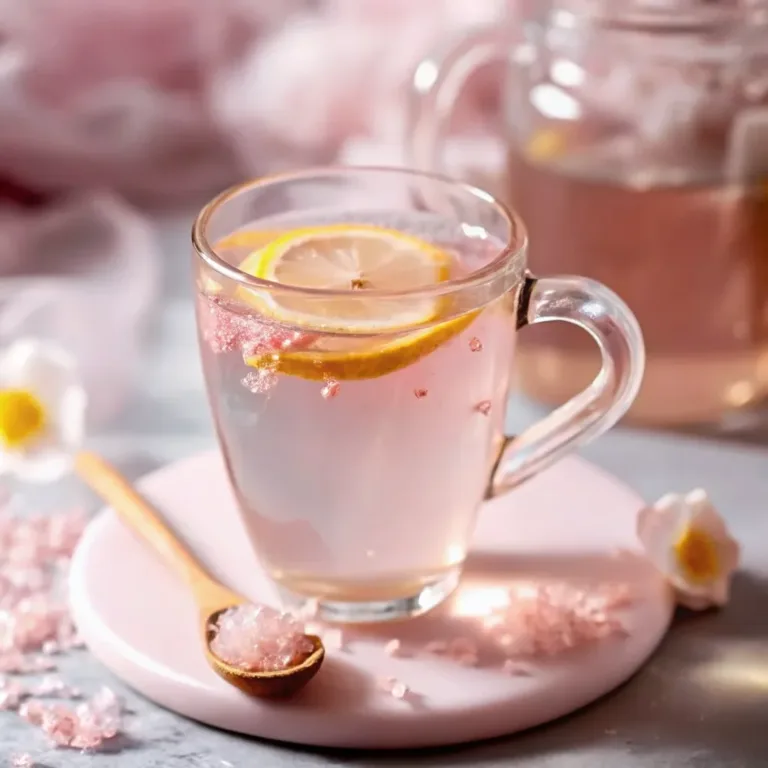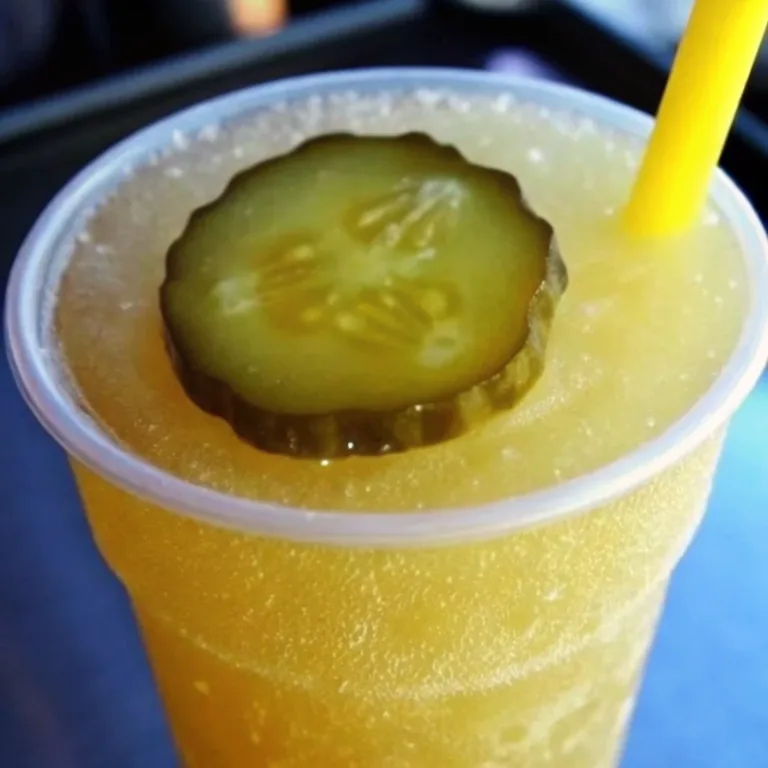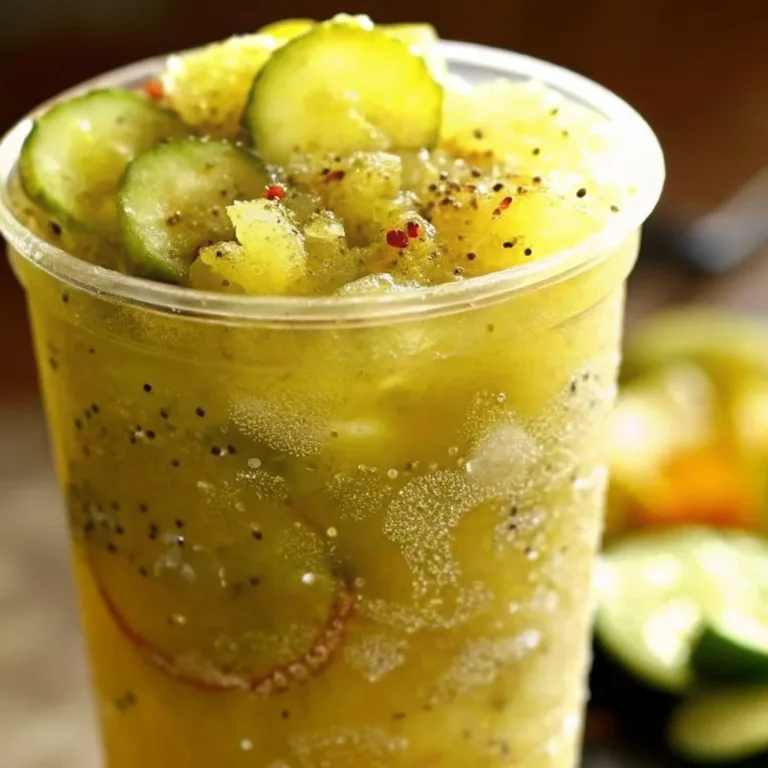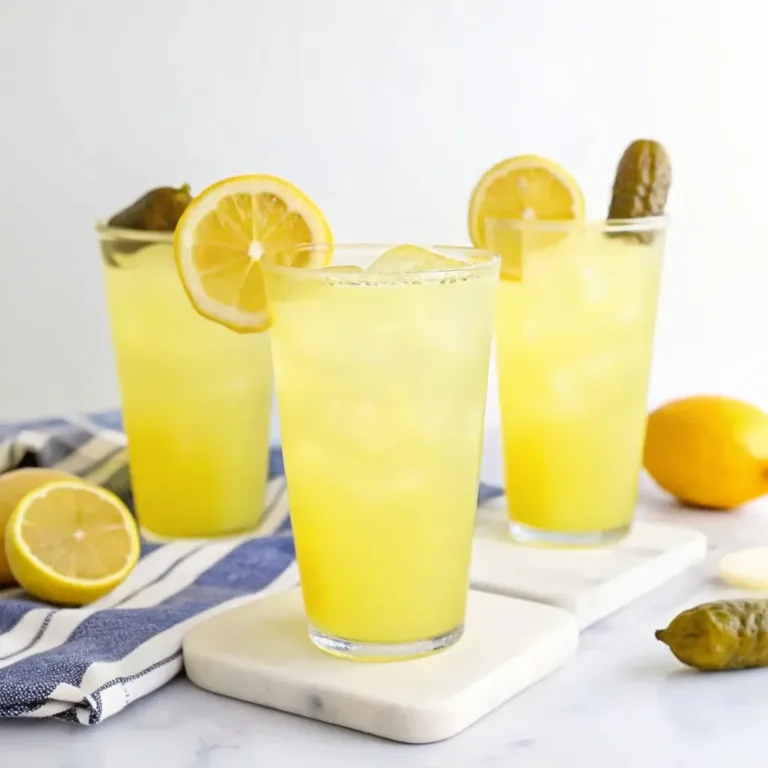How to Pick the Perfect Dill Pickle Juice for Lemonade
Using dill pickle juice for lemonade might sound strange until you try it. The briny, salty twist adds something bold and unforgettable to a summer favorite.
The idea of adding dill pickle juice for lemonade might raise an eyebrow or two. But for those in the know, this quirky combination is a game-changer a salty, sour, and sweet concoction that’s unbelievably refreshing. The secret to this surprisingly delicious drink doesn’t lie in the lemons or the sugar, but in the star ingredient: the pickle brine.
Choosing the right juice is the difference between a perfectly balanced, thirst-quenching treat and a briny, undrinkable mess. This guide will walk you through everything you need to know to select the absolute best dill pickle juice for lemonade.
Curious how this juice transforms into a full drink? Try it in our [Dill Pickle Lemonade Recipe].

Table of Contents
Table of Contents
Why Your Choice of Dill Pickle Juice Matters for Lemonade
Before we dive into the specifics, let’s establish why you can’t just grab any jar from the fridge. The goal is to create a harmonious blend. The pickle juice should add a savory, salty kick that enhances the tartness of the lemon and balances the sweetness of the sugar. The wrong juice one that’s too sour, too salty, or loaded with clashing spices will completely overpower the delicate flavors of a classic lemonade.
Not All Pickle Juices Are Equal
The liquid in a pickle jar isn’t just salty water; it’s a carefully crafted brine. Understanding the three main types is the first step to making your selection.
- Brine-Based (Often Fermented): This juice is typically cloudy and has a more complex, tangy, and funky flavor profile. It’s created through natural fermentation with salt and water, not vinegar. For lemonade, this style adds a savory, umami depth that is sophisticated and bold. It’s an excellent choice for the adventurous palate.
- Vinegar-Heavy: This is the most common type found in shelf-stable pickle jars. The juice is clear, and the flavor is sharp, acidic, and straightforward. When used in lemonade, it boosts the sour notes and provides a clean, crisp finish. This is a reliable and predictable choice for your first attempt.
- Sweet Dill / Bread & Butter Brine (AVOID): Do not use the brine from sweet pickles, like Bread & Butter or candied varieties. This juice contains a high amount of sugar, along with spices like cinnamon, clove, or allspice. These flavors will clash horribly with the citrusy profile of lemonade, creating a confusing and unpleasant drink. Stick to classic dill.
Key Factors in Taste & Texture
Once you’ve decided on a style, zoom in on these four characteristics.
- Sodium Levels: Pickle juice is salty, but how salty? A super-salty brine will require more lemonade and sugar to balance it out. A lower-sodium juice is more forgiving and allows the dill and garlic flavors to shine. Check the nutrition label if you can, or be prepared to taste-test.
- Spices: The best dill pickle juice for lemonade has a simple, clean spice profile. Look for prominent dill and garlic. Other complementary spices like mustard seed, peppercorns, and bay leaf are great. Avoid juices with strong, warming spices that might compete with the lemon.
- Clarity: A clear juice often indicates a straightforward vinegar base, which delivers a sharp, clean taste. A cloudy juice usually signals fermentation or a higher concentration of spices, resulting in a deeper, more complex flavor.
- Fermentation: Fermented pickle juice (found in the refrigerated section) has live cultures and a distinct, effervescent tang. This “living” brine brings a gourmet quality to lemonade that is truly unique. Non-fermented juices are more stable and deliver a consistent, sharp flavor.
Store-Bought vs. Homemade Pickle Juice
Should you buy a jar or make your own? Both have their merits.
- Store-Bought Pickle Juice
- Pros: It’s convenient, consistent, and offers a wide variety of brands to test. You can get started immediately.
- Cons: You have no control over the ingredients, sodium content, or preservatives.
- Homemade Pickle Juice
- Pros: You have complete control. You can adjust the salt, use your favorite vinegar, and perfect the spice blend (more garlic, extra dill!). It’s fresh and free of additives.
- Cons: It requires time and patience. A good brine needs at least a few days (or weeks, for fermented pickles) to develop its flavor.
Top Brands Reviewed
When sourcing your dill pickle juice for lemonade, these popular brands are a great place to start.
- Grillo’s Pickles: Found in the refrigerated section, Grillo’s uses a fresh, vinegar-based brine packed with garlic and dill.
- Verdict for Lemonade: Excellent. Its crisp, fresh, and garlicky flavor is incredibly clean and pairs beautifully with lemon. A top-tier choice.
- Claussen Pickles: Another refrigerated classic, Claussen is known for its bright, crunchy pickles and equally vibrant brine.
- Verdict for Lemonade: A Solid Go-To. Reliably crisp and dill-forward, this juice provides the quintessential pickle flavor without being overly salty.
For a full step-by-step guide to mixing it perfectly, check our [Pickled Lemonade Recipe Guide].
- Best Maid Dill Juice: This brand sells juice by the gallon for a reason. It’s a classic, shelf-stable brine with a salt-forward, traditional flavor.
- Verdict for Lemonade: Great for a Salty Kick. If you love a prominent savory flavor, this is your pick. You may need to use it more sparingly or increase your lemonade’s sweetness.
- Mt. Olive: This ubiquitous, shelf-stable brand offers a very vinegar-forward brine.
- Verdict for Lemonade: A Perfect Starting Point. It’s accessible and its straightforward flavor is easy to balance, making it ideal for first-timers.
Tips for Taste Testing Safely
Never pour pickle juice directly into a full pitcher of lemonade! Follow these steps to find the perfect ratio.
- Start with a Test Glass: Make one serving of your favorite lemonade in a glass.
- Dilute, Dilute, Dilute: Start by adding just a half-teaspoon of the pickle juice to your glass. Stir well and taste.
Want to know which type worked best in the viral Popeyes version? Don’t miss our review of the [Fried Pickle Lemonade].
- Adjust Slowly: Add more juice in small increments (a quarter-teaspoon at a time) until you reach the perfect balance of salty, sour, and sweet for your taste.
- Take Notes: If you’re comparing brands, write down how much juice you needed for each one. You’ll be surprised at how much the ratios can differ.
Now that you know how to pick the perfect brine, it’s time to put it to the test. Try your favorite in our [Dill Pickle Lemonade Recipe] and let us know which brand worked best for you. Share your taste results in the comments!

Follow Me : PINTERST

